Search Images
Browse Content (p. 1575)
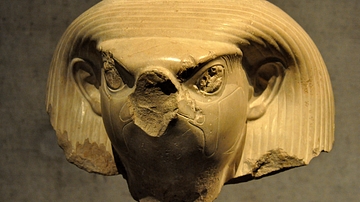
Image
Falcon God from Ancient Egypt
Limestone head of a falcon god with human ears. The rest of the body is lost. Frpm modern-day Egypt. Middle Kingdom, 12th Dynasty, circa 1800 BCE. (State Museum of Egyptian Art, Munich, Germany).
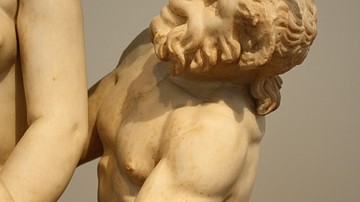
Image
Pan & Eros
Pan & Eros, part of a three-figure group which includes Aphrodite, 100 BCE, from Delos. (National Archaeological Museum, Athens).
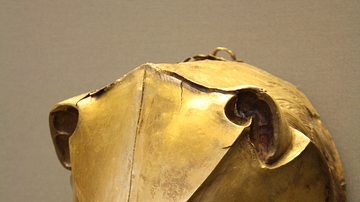
Image
Mycenaean Lion Rhyton
A gold rhyton in the form of a lion's head. From Grave Circle A, Mycenae, 16th century BCE. (National Archaeological Museum, Athens)
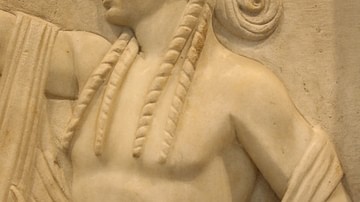
Image
Apollo Marble Relief
Apollo, detail from a 2nd century CE funerary relief slab. (Archaeological Museum of Piraeus)
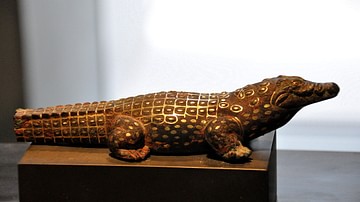
Image
Crocodile Statue from Ancient Egypt
Copper cult statue of a crocodile from Faiyum, Middle Kingdom of Egypt, 12th Dynasty, circa 1800 BCE.
State Museum of Egyptian Art, Munich, Germany.
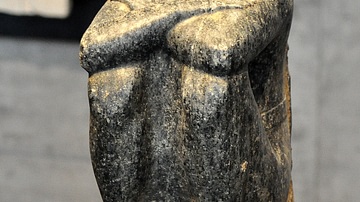
Image
Statue of Nes-montu
Anorthosite block statue of general Nes-montu. From Thebes, modern-day Egypt. Middle Kingdom, 12th Dynasty, 1950 BCE. (State Museum of Egyptian Art, Munich, Germany).
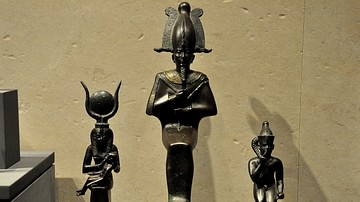
Image
Divine Family from Ancient Egypt
Bronze collection of divine figures: the goddess Isis (left) with the child Horus, the god Osiris (middle), and the god Harpokrates (right) wearing the double crown. Egypt, Saite period to Ptolemaic period, 7th to 4th centuries BCE. State...
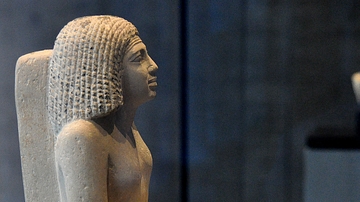
Image
Statue of Nefret-Iabet
Limestone statue of the seated figure of Nefret-Iabet, daughter of the Egyptian pharaoh Khufu. From Giza, Old Kingdom of Egypt, 4th Dynasty, 2580 BCE.
State Museum of Egyptian Art, Munich, Germany.
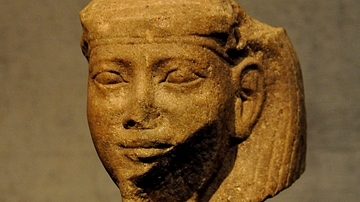
Image
God Sopdu
Quartzite head of god Sopdu (Sopedu or Septu). From modern-day Egypt. Middle Kingdom, 12th Dynasty, circa 1950-1900 BCE. (State Museum of Egyptian Art, Munich, Germany).
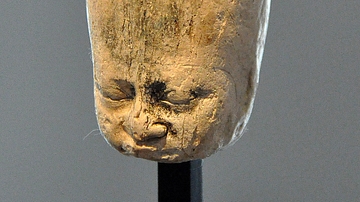
Image
Pharaoh Khufu
Limestone head from a statuette of the Egyptian pharaoh Khufu (Kheops). From modern-day Egypt. Old Kingdom, 4th Dynasty, circa 2600 BCE. (State Museum of Egyptian Art, Munich, Germany).